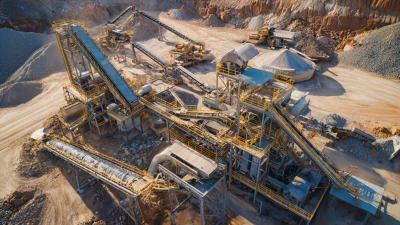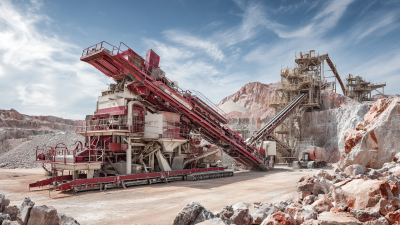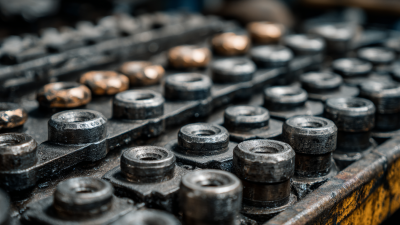
-
Home
-
About Us
-
Products
-
News
-
Blog
-
Contact Us
Leave Your Message

In the competitive landscape of the aggregates and mining industries, the efficiency of crushing operations is pivotal for maximizing productivity and profitability. A significant factor influencing this efficiency is the condition and quality of Cone Crusher Wear Parts. According to a recent industry report by Allied Market Research, the global cone crusher market is projected to reach $2.3 billion by 2027, driven by increasing demand for high-quality materials and reliable machinery. As wear parts play a critical role in maintaining the performance of cone crushers, understanding their wear patterns and replacement schedules can lead to substantial cost savings and enhanced operational efficiency. This guide delves into the various types of Cone Crusher Wear Parts, their typical wear mechanisms, and essential tips for optimizing their life cycle to ensure consistent performance and reduced downtime in crushing applications.
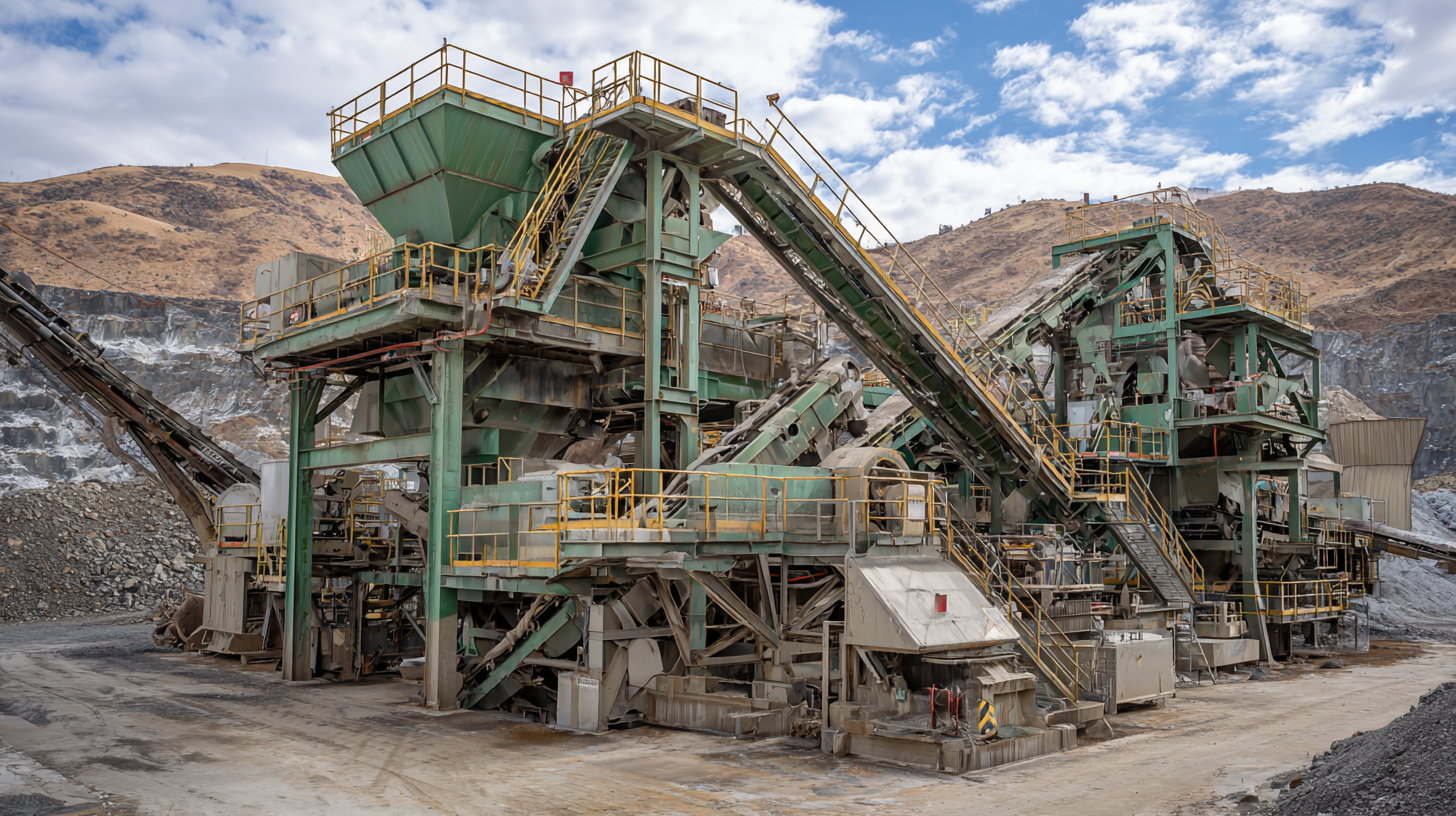
The importance of cone crusher wear parts in the mining and construction industries cannot be overstated. According to a report by Grand View Research, the global mining equipment market is projected to reach $368.99 billion by 2025, indicating the growing demand for efficient and reliable machinery. Cone crushers play a pivotal role in this sector, primarily due to their ability to process hard materials efficiently. Optimal performance of these crushers heavily relies on the quality and condition of their wear parts, which include mantle liners, bowl liners, and other components.
Wear parts directly influence a cone crusher's efficiency, as their degradation can impact throughput, product quality, and energy consumption. A study from the Journal of Materials Science indicates that using high-quality alloy steel for wear parts can enhance their lifespan by 20-30%, significantly reducing operational costs. Furthermore, regularly monitoring and maintaining these components is essential; a report by the Mining Equipment Association suggests that neglecting wear part upkeep can result in an operational efficiency drop of up to 25%. This makes the strategic management of cone crusher wear parts a critical factor for success in both mining and construction applications.
Cone crushers are vital for the aggregate and mining industries, ensuring efficient processing of various rock types. Understanding the key wear parts of these machines is crucial for optimizing performance and prolonging equipment life. The primary wear components include the mantle, concave, and bowl liner. Each of these parts plays a significant role in crushing efficiency. For instance, the mantle directly interacts with the feed material, while the concave provides a stationary surface against which the rocks are crushed. According to a report from the International Journal of Mining Science and Technology, the wear rates of these components can be significantly influenced by the material characteristics of the rocks being processed.
Regular maintenance and timely replacement of these wear parts can lead to improved operational efficiency. In fact, industry research indicates that worn parts can decrease a cone crusher’s efficiency by up to 30%. Additionally, using high-quality materials for these components can reduce wear rates and extend service intervals. This is particularly important given that the cost of wear parts can account for a substantial percentage of operational costs. By investing in premium wear parts and adhering to proper maintenance schedules, operators can ensure that their cone crushers operate at peak efficiency, ultimately leading to higher quality end products and improved profitability.

Understanding the factors affecting wear and tear of cone crusher components is essential for maintaining efficiency in crushing operations. One of the primary contributors to wear in cone crushers is the material being processed.
Harder materials, such as granite or high-silica-content rocks, can lead to accelerated wear on components like the mantle and liners. According to industry reports, the correct selection of these wear parts can enhance the lifespan of the equipment by up to 30%, significantly reducing operational costs and downtime.
Additionally, operational practices play a critical role in wear management. Factors such as feed size, moisture content, and crusher speed can influence wear rates. For instance, feeding oversized materials can result in increased stress on the crusher components, leading to faster deterioration. A study indicates that optimizing the feed size can decrease the wear on crusher parts by as much as 20%. As equipment manufacturers continue to innovate, the introduction of enhanced wear materials and better monitoring systems is becoming crucial for prolonging the lifespan of cone crushers and ensuring high efficiency in crushing and screening processes.
Understanding the impact of wear parts on crushing efficiency is crucial for optimizing production rates in the aggregates and mining industries. Cone crushers, which typically have a production capacity ranging from 50 to 2,500 tons per hour, rely heavily on their wear parts—such as liners and mantles—to maintain optimal performance. According to recent industry reports, improper maintenance and worn out wear parts can decrease crushing efficiency by up to 30%, leading to significant production losses and increased operational costs.
To enhance efficiency, regular monitoring of wear parts is essential. For example, replacing liners when they wear down to about 25% of their original thickness can prevent significant decreases in throughput and overall efficiency. Additionally, choosing high-quality materials for wear parts, such as manganese steel, can not only extend the service life of these components but also improve the quality of the crushed product.
Tips: Keep a close eye on wear patterns and schedule routine inspections to forecast wear part replacements effectively. Implementing a predictive maintenance strategy can significantly minimize downtime and enhance your production rates, ensuring your cone crusher operates at peak performance. Investing in technology that monitors wear part conditions in real-time could yield further efficiency improvements, as timely replacements can be made before major wear impacts the crushing process.
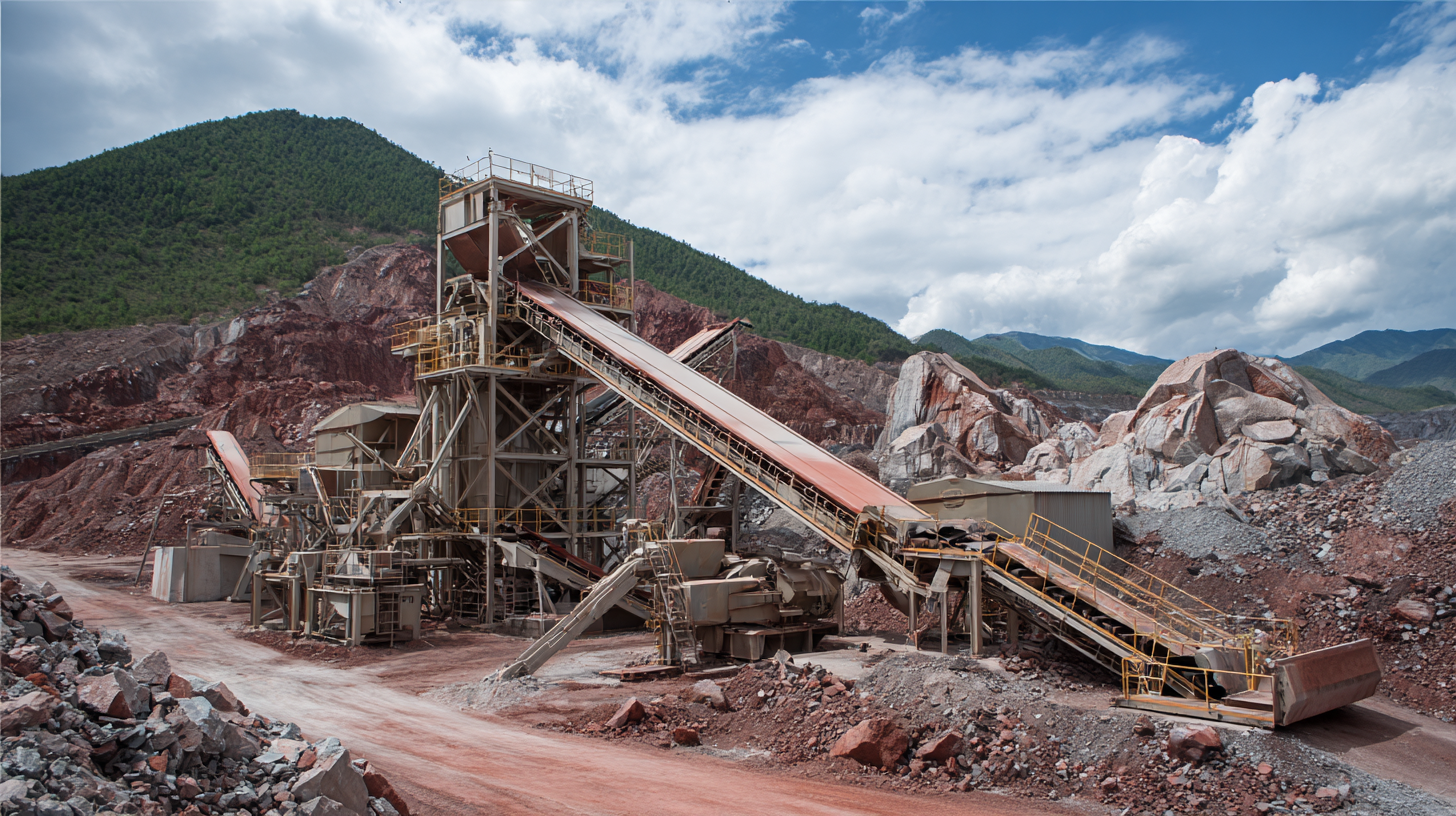
Maintaining cone crusher wear parts is crucial for maximizing efficiency and longevity in crushing operations. One of the best practices to extend the life of cone liners is through proper work hardening. This process enhances the durability of the manganese material, allowing it to withstand the rigors of crushing. When cone liners are correctly work-hardened, they can maintain their shape and structural integrity for longer periods, leading to improved crushing efficiency and increased productivity.
Another essential practice is ensuring consistent choke feeding. Feeding the cone crusher with a steady and appropriate amount of material minimizes the chances of an overload, which can cause excessive wear on the parts. When the crusher operates under optimal conditions, it not only increases the lifespan of the wear components but also enhances the overall output of the product. By focusing on these key maintenance strategies, operators can achieve significant improvements in both efficiency and wear life, ensuring that their cone crushers operate at peak performance for extended periods.


